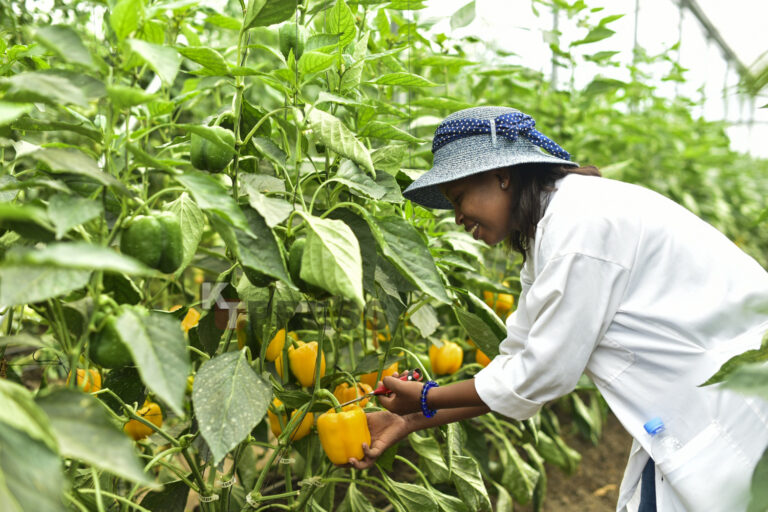Cheese making
Introduction
The cheese-making business is a lucrative industry that has a high demand for dairy products in Africa. The business plan for a cheese-making company in Africa involves the creation of a cheese factory with a focus on producing high-quality cheeses using locally sourced milk. Our company will operate as a social enterprise, supporting smallholder farmers in the region and creating job opportunities for the local community.

Market Analysis:
The demand for cheese products in Africa is rapidly increasing, with an annual growth rate of 3.5%. This demand is driven by the growing middle class and changing dietary preferences. However, the supply of high-quality cheese products in Africa remains low. Our cheese factory will aim to fill this gap in the market by producing a range of high-quality cheeses, including cheddar, mozzarella, feta, and halloumi, among others.
Marketing Strategy:
Our target customers are supermarkets, hotels, restaurants, and individual consumers who are looking for high-quality cheese products. We will differentiate our products from competitors by using locally sourced milk and by promoting our commitment to social and environmental responsibility.
Operations:
Our cheese factory will be located in an area with easy access to local milk suppliers and a reliable source of electricity and water. We will purchase high-quality milk from smallholder farmers in the area, which will support local agriculture and ensure consistent milk supply. Our cheese-making process will follow strict quality control measures to ensure our products meet the highest standards.
Management:
Our management team will consist of experienced cheese-making experts, business managers, and financial advisors. We will prioritize the recruitment of local talent to support job creation in the community. Additionally, we will work closely with local agricultural cooperatives to ensure we are supporting the community and creating sustainable jobs.
Financial Projections:
Our financial projections for the first year of operation estimate a revenue of $50000 , with a gross profit margin of 30%. Our revenue is projected to increase by 15% in the second year, and 20% in the third year, with a corresponding increase in net profit margins. We will finance our business through a combination of equity and debt financing, with the goal of becoming financially self-sufficient by the end of the third year of operation.
Conclusion:
Our cheese-making business plan will focus on producing high-quality cheese products using locally sourced milk, while creating job opportunities for the local community and supporting smallholder farmers. We aim to become a leader in the African cheese market, offering a range of delicious and high-quality cheeses that meet the needs of our customers.
Here is an example of a profit and loss statement (also called an income statement) for the cheese-making business in Africa. This statement covers the first year of operation.
| Year 1 | |
| Revenue from Cheese Sales | $50000 |
| Cost of Goods Sold (COGS) | $35000 |
| Gross Profit | $15000 |
| Operating Expenses | |
| – Salaries and Wages | $7000 |
| – Rent and Utilities | $2000 |
| – Raw Materials and Supplies | $3000 |
| – Marketing and Advertising | $1500 |
| – Insurance and Other Expenses | $1000 |
| Total Operating Expenses | $14500 |
| Net Profit | $5000 |
In this example, the revenue from cheese sales is $5000 for the year. The cost of goods sold (COGS) is $3500, which includes the cost of milk, production, and packaging. The gross profit is calculated by subtracting the COGS from the revenue, resulting in a gross profit of $15000
The operating expenses for the year include salaries and wages for employees, rent and utilities for the cheese factory, raw materials and supplies, marketing and advertising expenses, and other expenses such as insurance. The total operating expenses for the year are $14500.
The net profit is calculated by subtracting the total operating expenses from the gross profit. In this example, the net profit for the first year of operation is $5,000.







